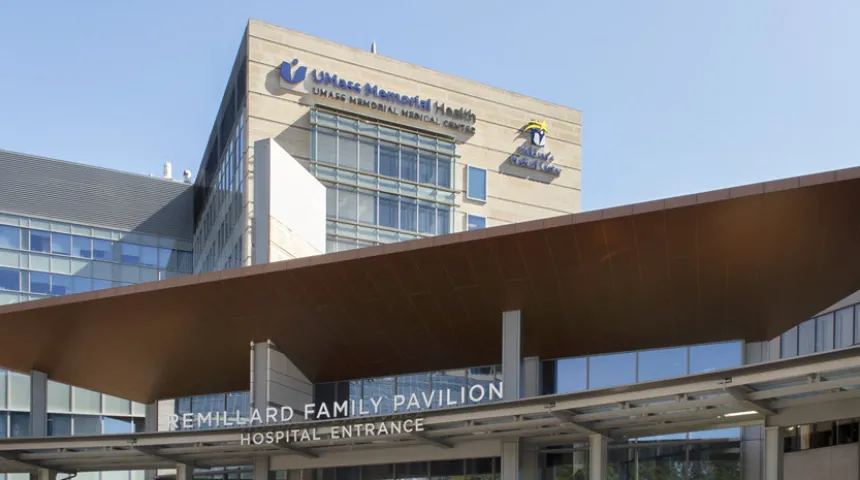Center for Complex Aortic Disease
Why Choose Us for Aortic Aneurysm Care?
Leading-Edge Treatments
UMass Memorial Medical Center in Worcester was the first hospital in the U.S. to perform endovascular aneurysm repair using fiberoptic cable imaging instead of X-ray radiation. This approach is safer for patients and helps surgeons operate with exceptional accuracy
Advanced Diagnostics
We offer the latest vascular imaging technology for vascular disease, including ultrasounds, angiography, and CT scans. With several vascular labs throughout the region, it’s easy to get many tests, such as vascular ultrasounds, close to where you live and work.
Hybrid OR
In some cases, we combine open and endovascular techniques into one procedure in our state-of-the-art hybrid operating room. A hybrid approach for complex aneurysms is less invasive and requires less time in the operating room than conventional open surgery.
Our Complex Aortic Disease Locations
UMass Memorial Medical Center - University Campus
55 Lake Avenue North,
Worcester, MA 01655
Get Started
Call 855-UMASS-MD (855-862-7763) to request an appointment with an aortic aneurysm specialist.

